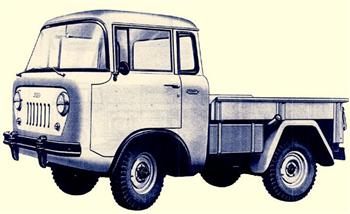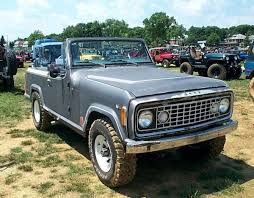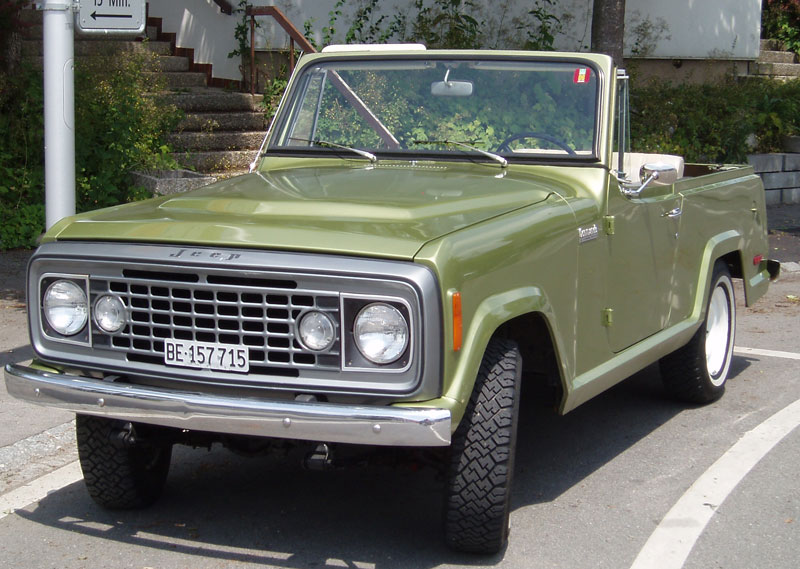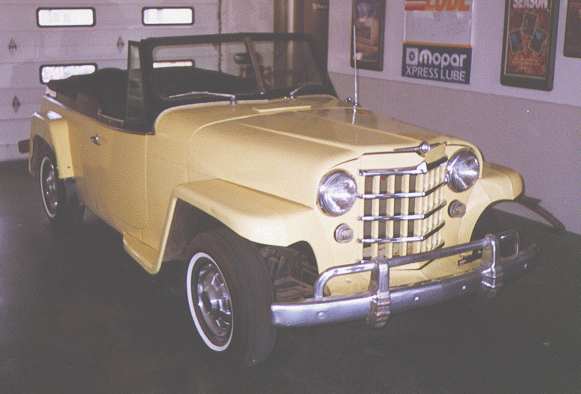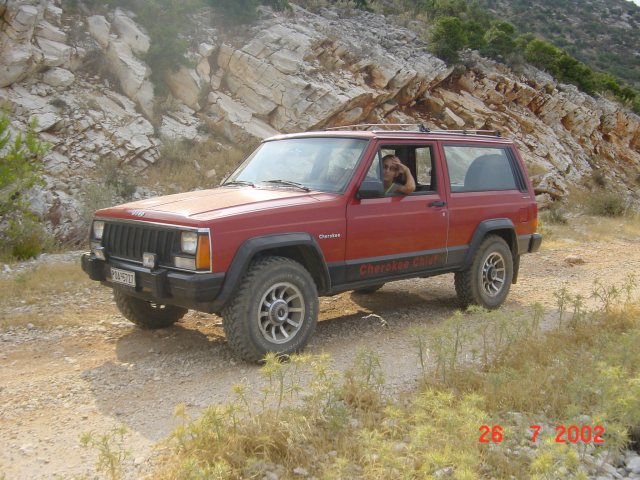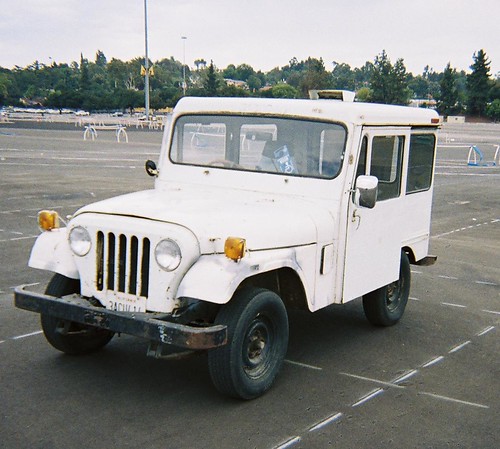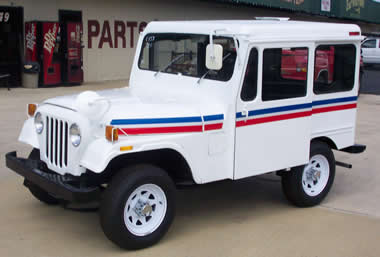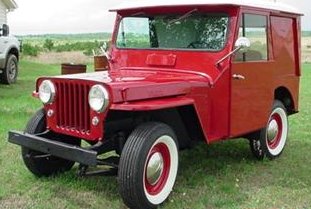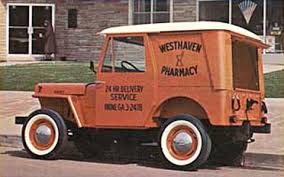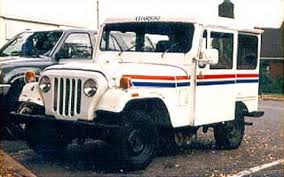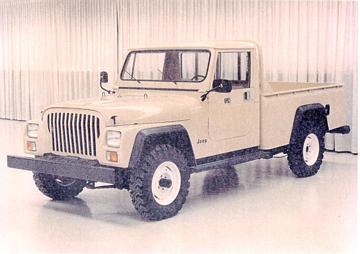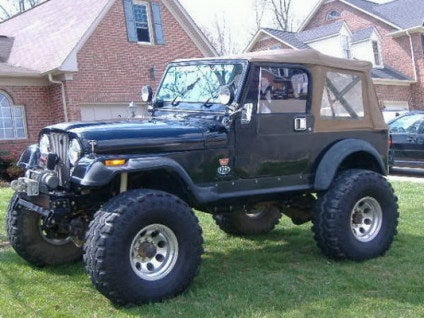
Jeep CJ-7

Jeep CJ-7

The CJ-7 featured a longer wheel base than the CJ-5 and lacked the noticeable curvature of the doors previously seen on the CJ-5. It was introduced in 1976 and 379,299 were built during 11 years of production.
The CJ-7 featured an optional new automatic all-wheel drive system called Quadra-Trac, as well as a part-time two speed transfer case; an automatic transmission was also an option. Other features included an optional molded hardtop, and steel doors. The CJ-7 was also available in Renegade and an upgraded Laredo model. Noticeable by their different body decals, the Laredo model featured nicer seats, steering wheel tilt, and a chrome package that included the bumpers, front grill, and mirrors. An optional Trak-Lok differential was available for the rear. Ring and Pinion was typically 3.54, but later went down to 2.73.
A diesel powered version was made in the Ohio factory for export only. The engines were provided by General Motors, the owners of Isuzu Motor Cars. Production of this diesel version is believed to have been only between 1980 and 1982. This model had the Isuzu C240 engine, T176 Transmission, Dana 300 Transfer box although there are reports of some being produced with the dana 20. Typically they had 4.1 ratio, narrow track axles.

